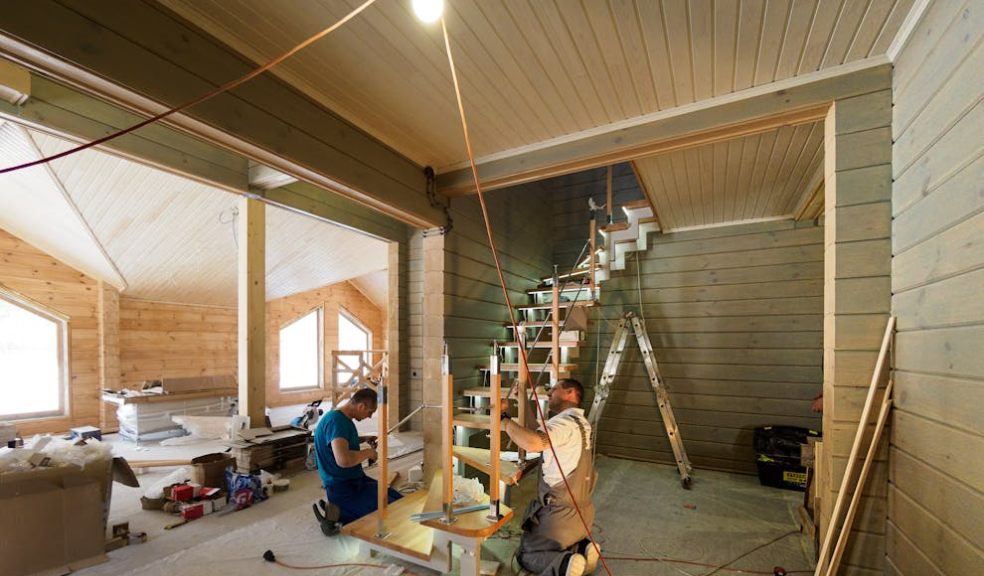
What does latent defects insurance cover?
If you’re a building developer, you’ll know the importance of insurance and warranties. They help to protect you, the building, buyers and investors from a wide range of situations.
When it comes to latent defects insurance, it’s just as important as other types of coverage you may opt for. Why? Well, we’ll answer that question in this blog.
Continue reading to discover what latent defects insurance is and how important it can be to a building project.
What is latent defects insurance?
Latent defects insurance can cover the costs of fixing latent structural defects, helping to take the financial pressure off the building owner. When the workmanship, materials or design of the building is not up to a good standard, latent defects can go undetected for several months and years – leading to latent defects within the building.
A latent defects insurance policy is available for 15 years from the building’s completion certification date under the Building Safety Act 2022. The coverage can also cover the full value of rebuilding the property if required.
What is an example of latent defects?
A latent defect can refer to any issue resulting from poor workmanship, design or materials that aren’t detected during a property inspection. In residential and commercial properties, latent defects can include:
- Mould or damp
- Water damage and leaks
- Insect infestations
- Roofing problems
- Plumbing or piping issues
- Electrical issues
Some latent defects can be repaired (though they can still be expensive) while others may lead to much larger jobs, like a full replacement or rebuild.
How will you be covered with a latent defects insurance policy?
So, how does latent defects insurance cover your property if structural defects are discovered? The policy will cover costs to:
- Fix defects due to poor design or materials.
- Fully or partially rebuild to rectify latent structural defects from incorrect building methods.
- Repair damage caused by water ingress due to faulty waterproofing.
If the insurance policy is taken out by the buyer, the policy could also protect against the developer or builder's insolvency. There’s also potential extra cover available for:
- Alternative accommodation costs
- Loss of rent and/or income
- Mechanical and electrical defects
- Contaminated land cover
- Removal of debris
Latent defects insurance can be purchased for a variety of different property types and can be obtained by anyone who needs it – from self-builders to developers.
This insurance policy ensures nobody has to worry about who is at fault and it helps to minimise disruption, ensuring the repairs are done efficiently.
Do you need latent defects insurance?
When constructing a building – whether it’s designed for residential or commercial use – a developer’s or contractor’s link to the project isn’t necessarily over.
Any failures in materials, design or workmanship can go undetected for several years and lead to latent defects within the building. Repairing these issues can often hurt financially, making it imperative that your project is covered with a latent defects insurance policy.
Developers often take out a latent defects insurance policy before selling the property as it helps to make properties more marketable. A property is typically more attractive to potential buyers and investors if it has a latent defects insurance policy that covers any potential issues.
Whether you’re a developer, investor, property owner, or tenant, it makes a lot of sense to obtain a latent defects insurance policy to mitigate the risks of disruptive and expensive structural repairs.













